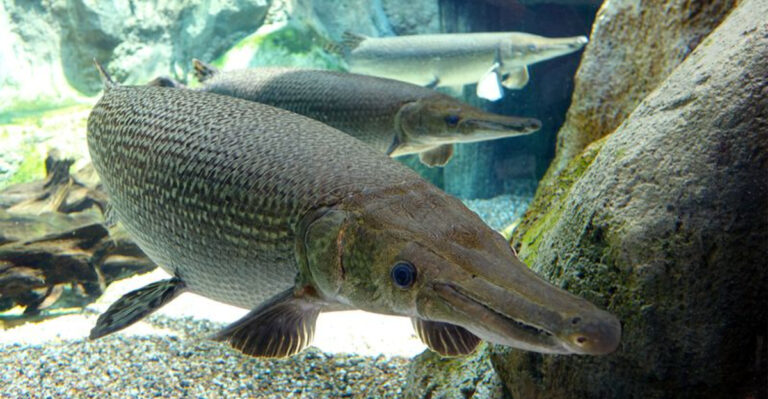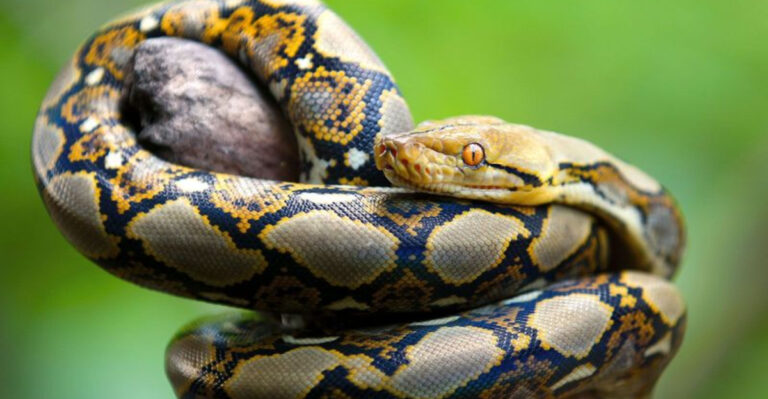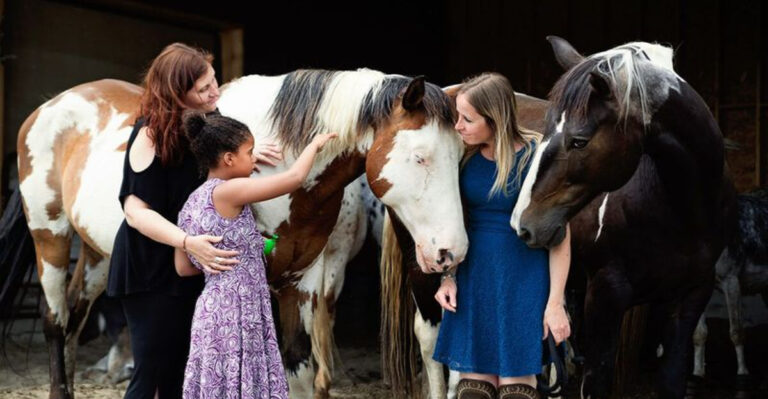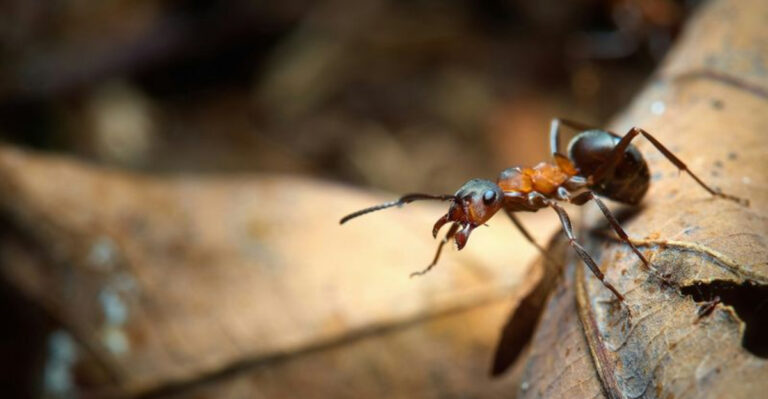How Beach Vacations Are Putting Sea Turtles At Risk, And How You Can Help
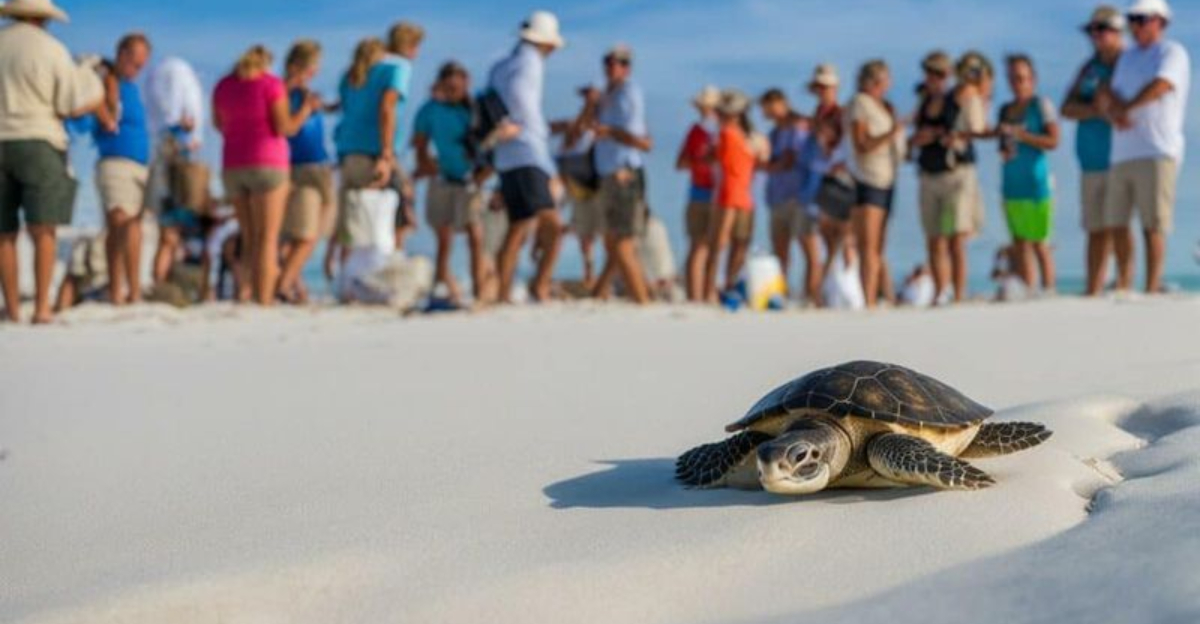
Sea turtles have swum our oceans for over 100 million years, but now these ancient mariners face serious threats from our beach vacations.
Coastal tourism activities can disrupt nesting, harm hatchlings, and destroy critical habitats these endangered creatures need to survive. The good news is that with some simple changes to how we enjoy beaches, we can help protect these magnificent ocean ambassadors for future generations.
1. Artificial Lighting Disorients Hatchlings
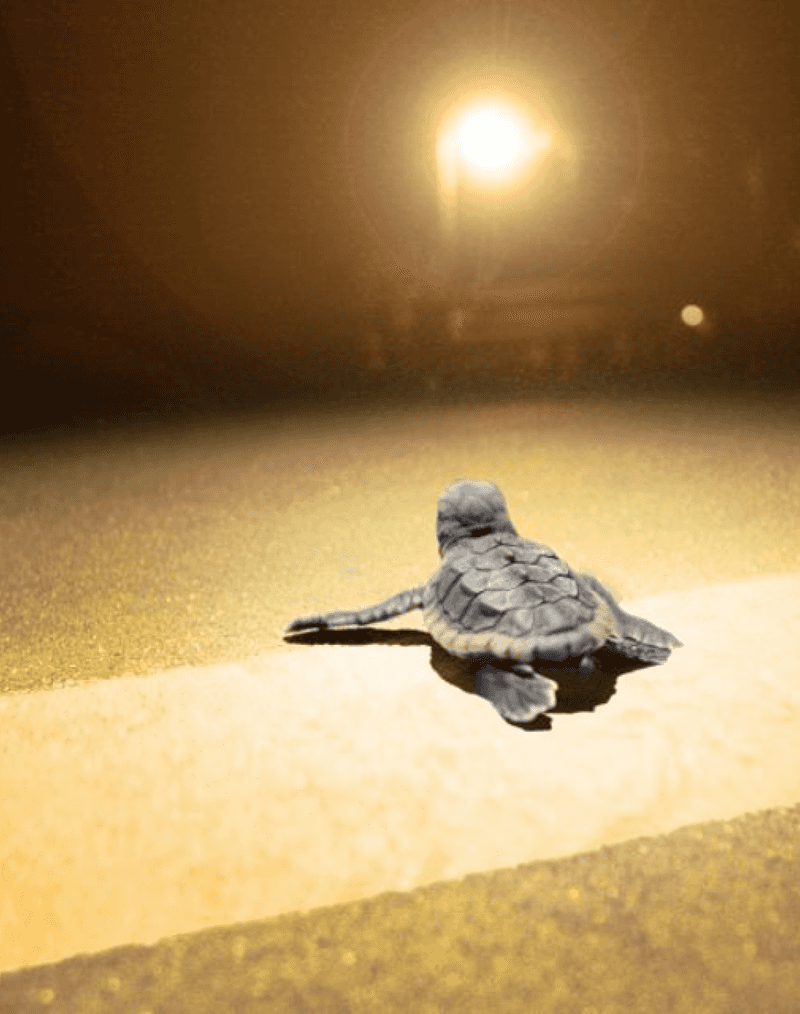
Newly hatched sea turtles instinctively follow the brightest horizon—naturally, the moonlight reflecting off the ocean. Hotel lights, streetlamps, and even flashlights can lead them inland instead of seaward.
This deadly confusion causes exhaustion, dehydration, and makes tiny turtles easy prey for predators. Many never reach the water, dying on hot pavement or in storm drains.
2. Beach Furniture Blocks Nesting Paths
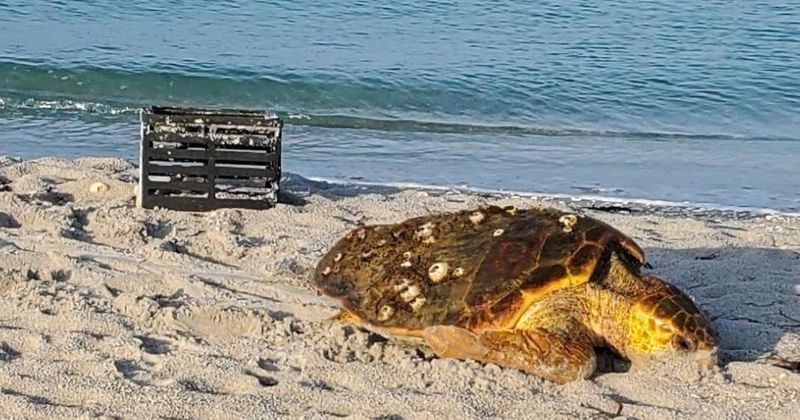
Imagine dragging your 300-pound body across sand only to find your path blocked by chairs and umbrellas! Female turtles abort nesting attempts when they encounter obstacles, wasting precious energy.
Baby turtles face an obstacle course of forgotten beach gear that traps or exhausts them. Even small items create insurmountable barriers for creatures barely larger than a bottle cap.
3. Compacted Sand Makes Nesting Harder
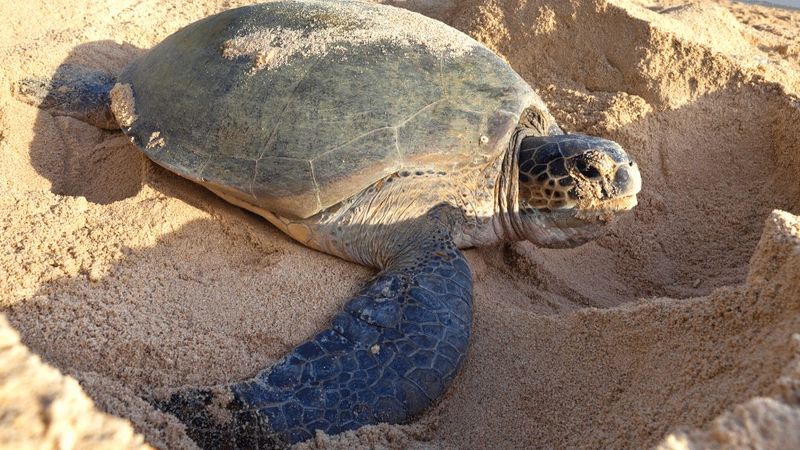
Sand castles aren’t just innocent fun—they can create real problems for nesting turtles. When we compact sand through heavy foot traffic or beach driving, we transform soft nesting grounds into hardened surfaces.
Female turtles struggle to dig proper egg chambers in packed sand. Many abandon nesting attempts after exhausting themselves. Those who manage to dig often create shallow nests vulnerable to predators and temperature fluctuations.
4. Increased Litter Threatens Turtle Survival
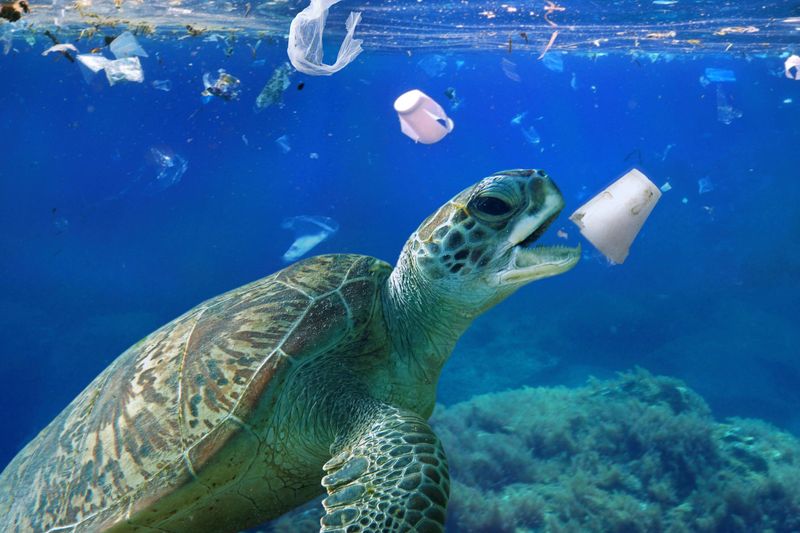
Plastic bags floating in water look remarkably like jellyfish—a favorite turtle snack. Ingested plastic blocks digestive tracts, causing slow, painful deaths for these magnificent creatures.
Abandoned fishing gear entangles swimming turtles, leading to drowning or severe injuries. Even seemingly harmless items like straws can lodge in nostrils or throats. Your forgotten beach picnic trash might become a deadly trap for curious hatchlings.
5. Unleashed Dogs Disturb Nesting Sites
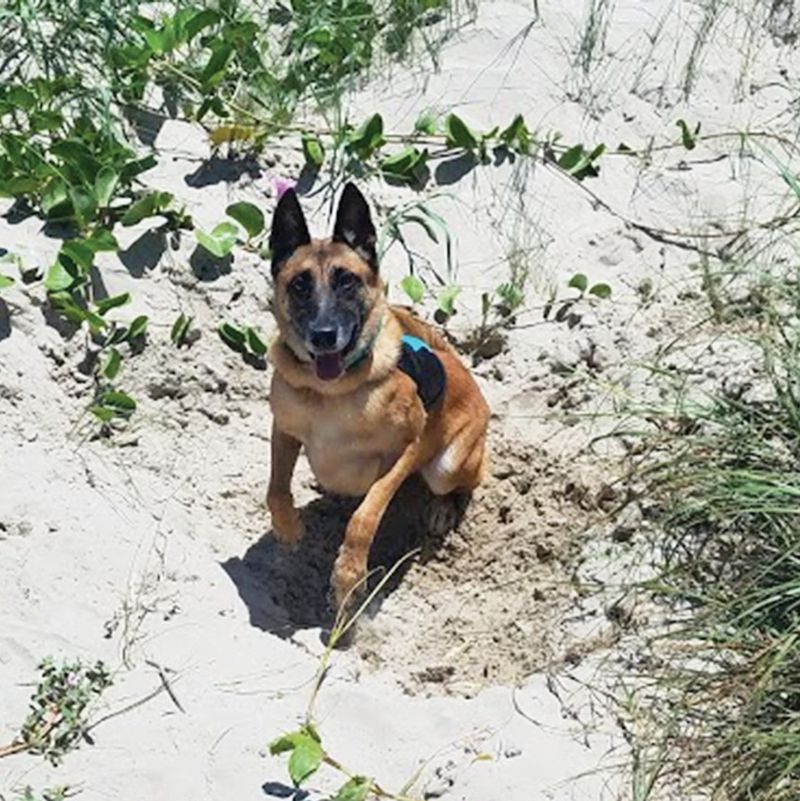
Your furry friend’s natural digging instinct spells disaster for buried sea turtle eggs. Dogs can detect nests with their keen sense of smell, then dig them up out of curiosity.
Even well-behaved pets frighten nesting mothers back to sea before they lay eggs. A single curious dog can destroy an entire nest containing 100+ eggs in minutes, eliminating what might represent 20% of a female turtle’s reproductive output for the year.
6. Noise Pollution Causes Stress
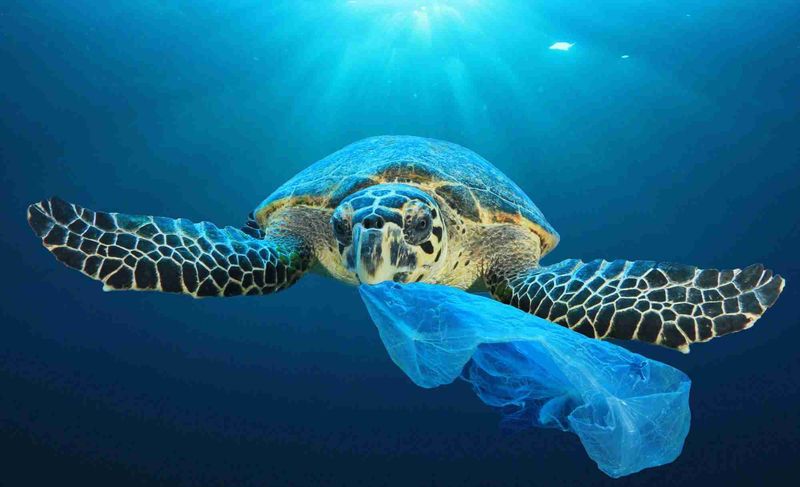
Sea turtles evolved in a world without loudspeakers and fireworks. Sudden loud noises startle nesting females, causing them to abandon egg-laying and retreat to the ocean.
Beach parties with thumping music create vibrations that may damage developing eggs. The chaos of crowded, noisy beaches drives pregnant turtles to seek quieter—often less suitable—nesting locations, reducing hatchling survival rates.
7. Beach Bonfires And BBQs Pose Hazards
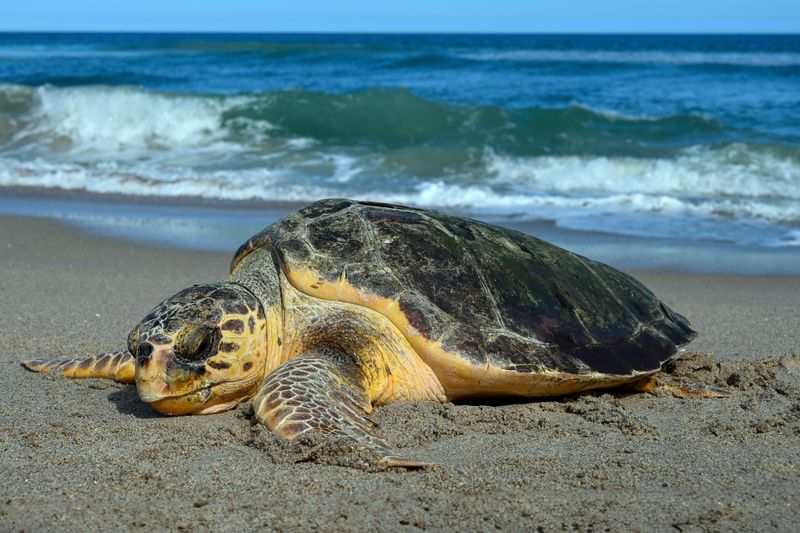
Nothing says vacation like a beach bonfire, but these cozy gatherings spell trouble for turtle nests. Heat from fires can literally cook developing eggs buried in the sand below.
Food scraps attract predators like raccoons and foxes, who then discover nearby nests. Abandoned fire pits create dangerous pits that trap hatchlings on their journey to sea, while hot coals can severely burn tiny flippers.
8. Illegal Egg Collection Still Happens
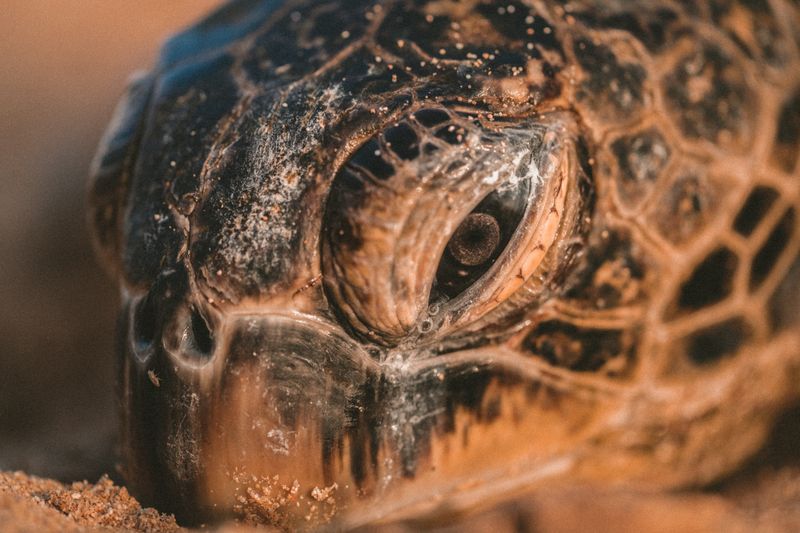
Despite global protection laws, sea turtle eggs remain prized black market items. Some tourists unwittingly fuel this trade by purchasing eggs or trinkets made from turtle parts as exotic souvenirs.
Local poachers often target nesting beaches popular with tourists, knowing enforcement might be lax to avoid disturbing the vacation atmosphere. A single poacher can empty dozens of nests in one night, representing hundreds of potential future turtles.
9. Coastal Development Shrinks Nesting Habitat
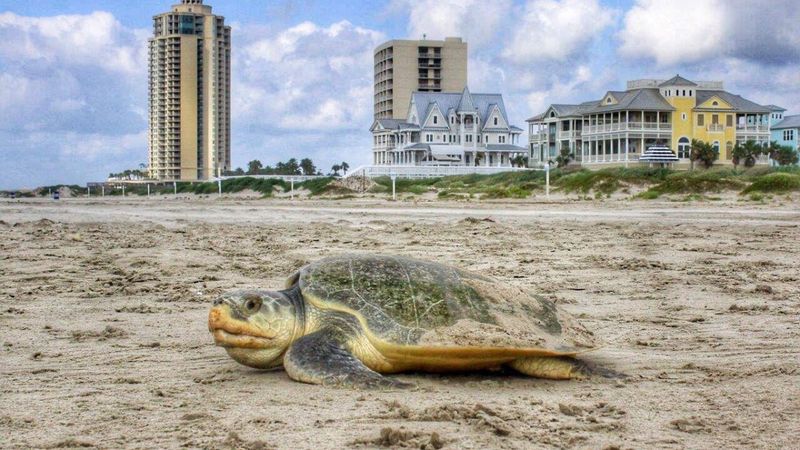
Sea turtles return to their birth beaches to nest, but many arrive to find concrete where sand once was. Beachfront resorts, seawalls, and promenades eliminate critical nesting habitat these ancient creatures have used for millennia.
Female turtles forced to nest in suboptimal locations produce fewer viable hatchlings. The squeeze of development leaves turtles with nowhere to go, contributing to population declines even in protected species.
10. Participate In Turtle-Friendly Tours
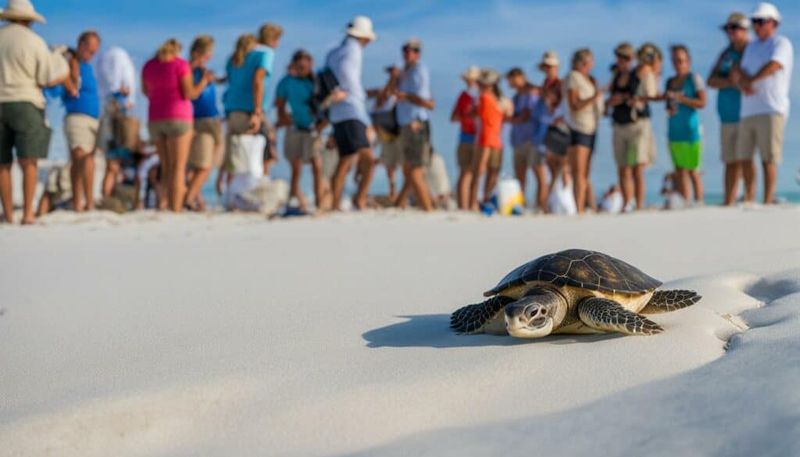
Responsible tourism can actually help turtles! Look for tour operators displaying conservation certifications who limit group sizes and maintain proper viewing distances.
Quality guides explain turtle biology and conservation challenges while enforcing strict no-flash photography rules. The best tours contribute financially to local protection efforts, turning your vacation dollars into conservation action.
11. Use Red Or Turtle-Safe Lighting
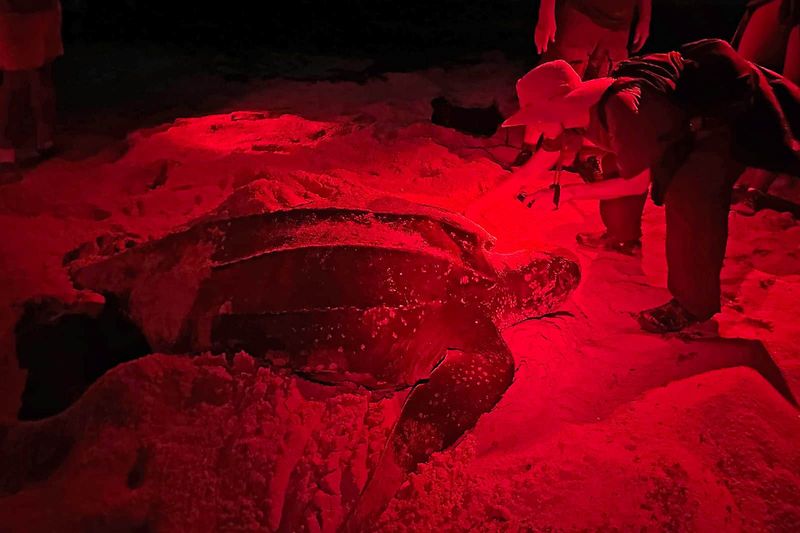
Sea turtles can’t see red light well, making it virtually invisible to their eyes! Switching your beach walks to red LED flashlights allows you to see without disorienting turtles.
When booking accommodations, choose hotels with turtle-friendly lighting certifications. If staying in beachfront rentals, close curtains after dark and turn off exterior lights during nesting season. These simple changes save countless hatchling lives each year.
12. Clean Up After Yourself And Others
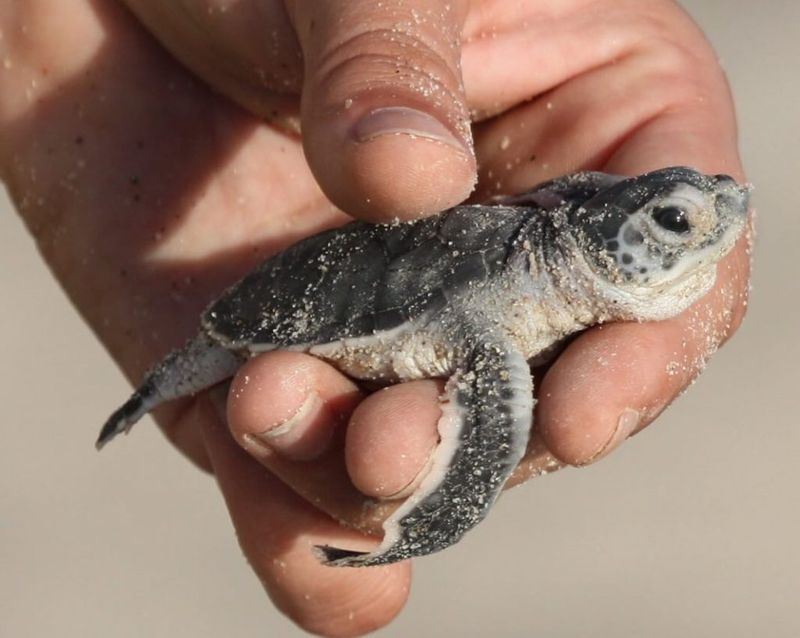
Your forgotten water bottle might become a death trap for a curious hatchling. Always perform a final sweep of your beach spot before leaving, checking for tiny items like bottle caps and cigarette butts.
Fill in holes and flatten sandcastles that create barriers for tiny flippers. Going beyond your own impact, participate in organized beach cleanups that remove dangerous debris before it harms marine life.
13. Support Conservation Programs
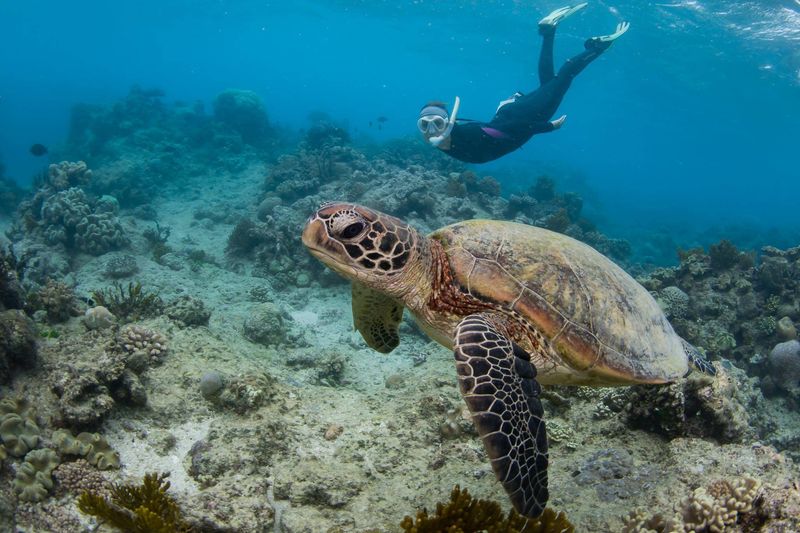
Sea turtle recovery happens through dedicated conservation efforts you can join! Many coastal areas offer volunteer opportunities to patrol beaches, protect nests, or assist with hatchling releases.
Can’t volunteer? Your donations fund critical research tracking migration patterns and developing better protection strategies. Even spreading awareness through social media helps these ancient mariners. Supporting local conservation turns your beach vacation into a force for good.


